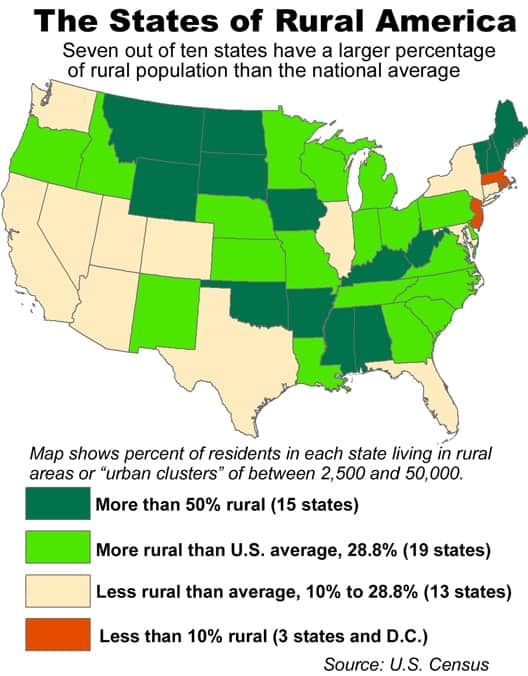Rural areas have higher rates of mortality and negative treatment outcomes for cancer, which could be due to poorer water, increased carcinogens, and obesity. On top of that, rural areas also tend to have lower education, lower income levels, and a lack of cultural trust in doctors.
This is problematic not only for community health, but also problematic for advancement towards cancer treatment. 20% of clinical trials fail due to lack of patient participation.

